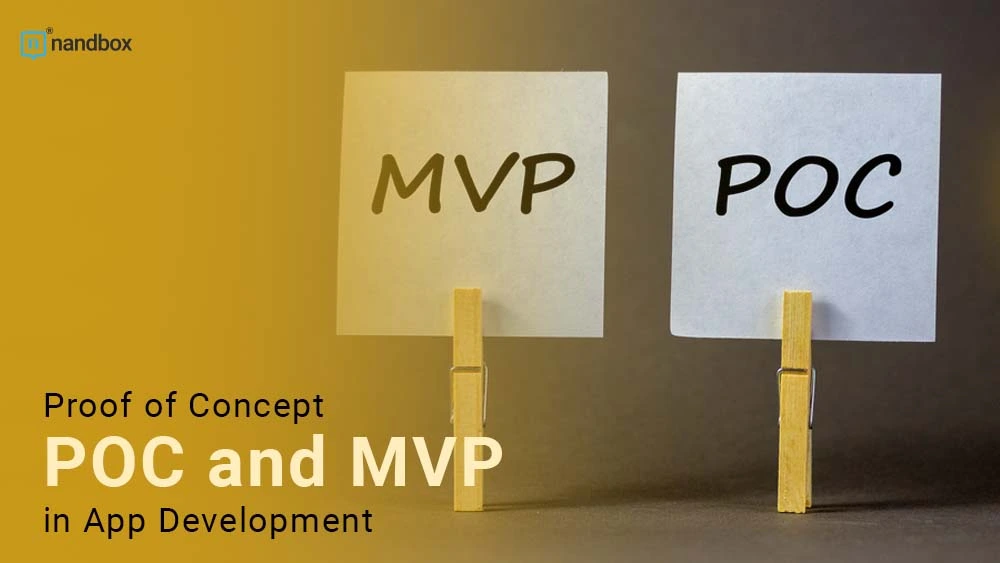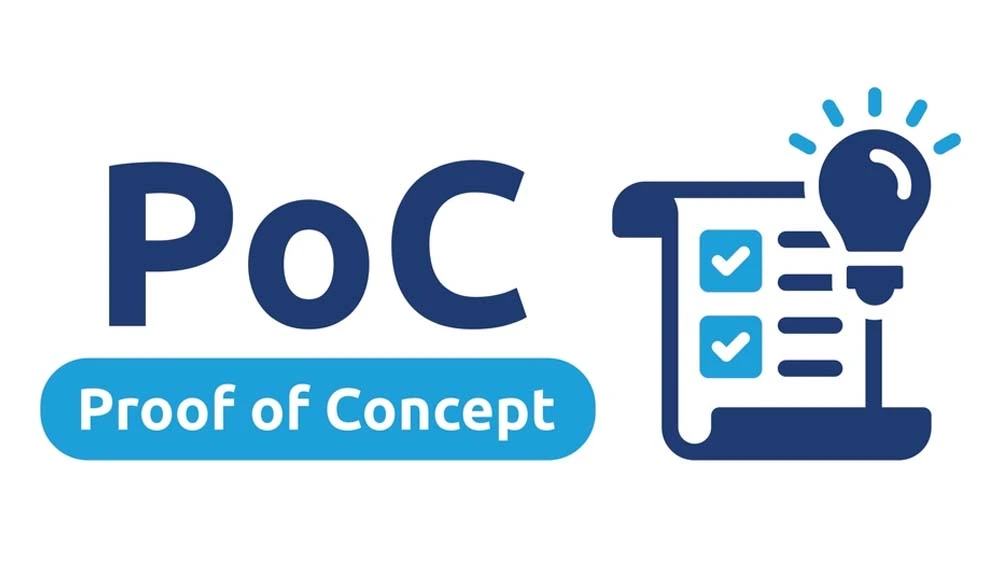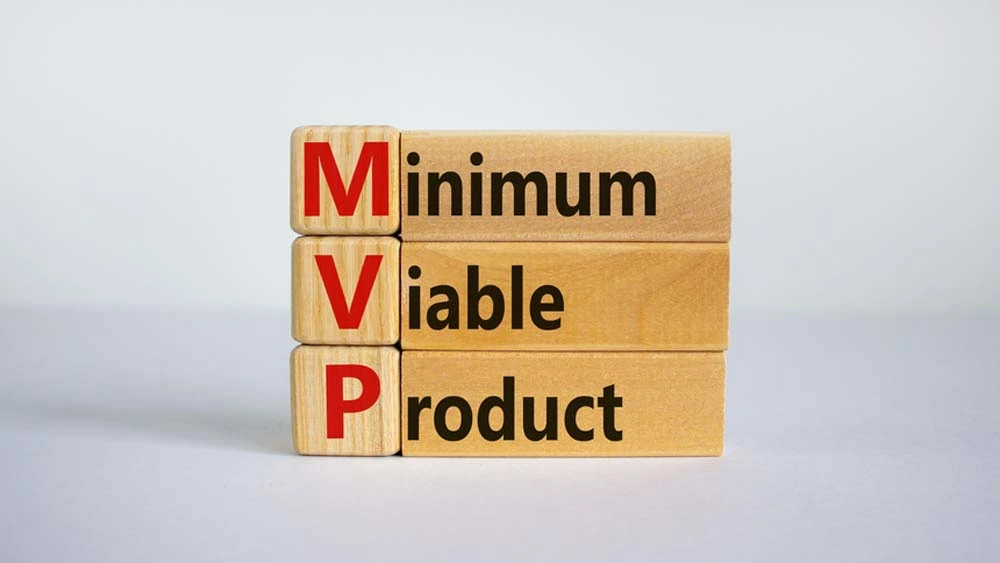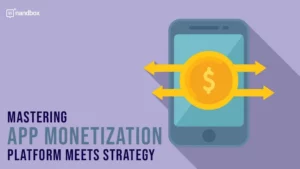POC and MVP in Mobile App Development
Nowadays, whether you need a POC or an MVP depends on your product concept and the circumstances surrounding your project. In some cases, we may even advise completing at least one of these two principles prior to releasing your product. To help you decide more wisely, we will be discussing all that is to be discussed about the topic. Additionally, cover in this article everything about POC and MVP in mobile app development.
What Is a Proof of Concept (POC)?
A proof of concept, aka proof of principle (POC), is a product demonstration. It aims to show whether an idea can actually be implemented. The purpose of a POC is not to determine whether there is a market for the idea or not. Nor determine the most effective manufacturing method. Instead of concentrating on developing or coming up with the idea, it determines whether it is practical and viable. Additionally, it enables people taking part in the proof-of-concept activity to look into the prospective cash rewards.
POCs are a crucial component of a company’s product development process. They are typically modest and frequently made by team leaders or employees. Project managers can create a product development process using POC documents as a framework. POC is a method that many companies utilize to pursue ideas. That is before authorizing them for further testing and, eventually, full production. These industries include in hardware, medication research, manufacturing, science, and engineering.
What Is an MVP: A Quick Overview
Moving forward to the minimum variable product (MVP). The term “minimum viable product,” or “MVP,” refers to a product with just enough features to draw in early adopters. Additionally, verify a product concept. In sectors like programs, the MVP assists the product team in gathering customer input. This happens ASAP so that they can iterate and enhance the product. The MVP is essential to agile development. Since the agile process is centered on validating and refining items based on user feedback. For more insights, you can check out our article on how to build a mobile app MVP.
POC versus MVP
As we mentioned earlier, a “proof of concept” (POC) is a preliminary version of an app that is built to test a specific concept or hypothesis. It is typically used to validate an idea or technology before investing significant time and resources into full-scale development. On the other hand, a “minimum viable product” (MVP) is a functional version of an app that includes only the core features necessary to solve a specific problem or meet a specific need. It is designed to be released to the market as quickly as possible to gather feedback and validate assumptions.
Usage of POC and MVP in App Development?
POC and MVP are both valuable approaches in app development, but they serve different purposes. POC is best used when you have a new or untested idea that you want to validate before investing in full-scale development. MVP, on the other hand, is best used when you have a clear understanding of the problem you are trying to solve and want to quickly release a functional product to the market to gather feedback and validate assumptions. Ultimately, the choice between POC and MVP will depend on your specific project goals and resources.
Key Differences Between POC and MVP
The main difference between POC and MVP lies in their goals and scope. POC is simply focused on validating or verifying a new or untested idea. Meanwhile, an MVP is focused on quickly releasing a functional product to the market to gather feedback and validate assumptions. A POC is typically a smaller-scale project that tests a specific aspect of the idea, while an MVP is a more comprehensive product that solves a specific problem. POC is often used in the early stages of app development, while MVP is used when there is a clear understanding of the problem the app is facing and a need for a functional product.
Benefits and Drawbacks of POC and MVP
Both POC and MVP have their own benefits and drawbacks. POC allows for the experimentation and testing of new ideas without committing to a full-scale development project. This makes it an easy and flexible option or solution in your primary app development stages. This can save time and resources in the long run by identifying potential issues early on. However, POC may not provide enough information to fully validate an idea and may require additional testing. MVP, on the other hand, allows for a functional product to be released quickly and tested in the market. This can provide valuable feedback and help validate assumptions. However, MVP may require more resources and may not fully address all aspects of the problem. Ultimately, the choice between POC and MVP depends on the specific goals and needs of the project.
How to Choose the Right Approach for Your Project: Quick Tips
When deciding between POC and MVP for your app development project, it’s important to consider your goals, timeline, and available resources. If you’re looking to test a new idea or concept, POC may be the best approach to minimize risk and gather feedback. However, if you’re looking to quickly launch a functional product and gather market feedback, an MVP may be the better option. It’s also important to consider the level of resources and expertise available for the project, as MVP may require more development and testing. Ultimately, the choice between POC and MVP should be based on a careful analysis of your project’s specific needs and goals.
To summarize this, a POC may be a waste of time if your idea isn’t original. Instead, if someone else has already completed it, your POC can be their product. Instead, you should conduct a competitive analysis in this situation. If you need to quickly present your app to stakeholders but lack the resources and time to build an MVP, prototypes are the best option. They can imagine your idea with little risk if you choose this technique. Finally, as was already discussed, your go-to validation tool should be an MVP to eliminate all limitations that come along with the POC principle. But it’s not just limited to confirming the technical and UX aspects of your software. Additionally, you may utilize it to test app features that would be impossible to test using a POC or prototype.
Final Thoughts
All businesses are leaning towards having an application that empowers their business profile even more. If that is your goal for your business, then you’ve come to the right place. Worried about all the coding and programming hassles? Worry not! We will provide you with the right services that will help you build an app from scratch without having to write a single line of code.
nandbox is the only native no-code app builder on the market currently. We provide you with an easy drag-and-drop feature addition method, so there’s nothing to stop you from creating a flawless app. Our branding options are so easy and varied to choose from. You will also have a preview for both Android and iOS. This preview helps you check out how your app will look in the future and keep track of all the changes you may apply.
Additionally, our app builder comes with a thorough documentation section that will make it easier for you to use our app builder. You can also search for any module or feature to better understand where to add it and in which industry it would fit better. Sign up now for nandbox’s native no-code app builder and enjoy our 14-day free trial before you subscribe to the plan that suits you best!








